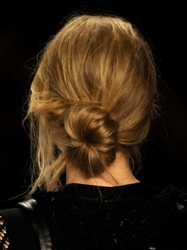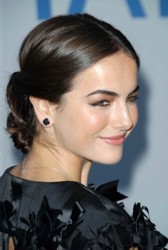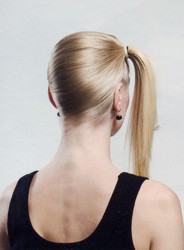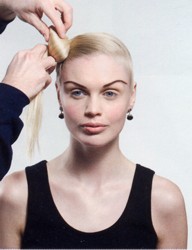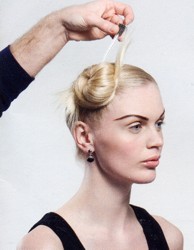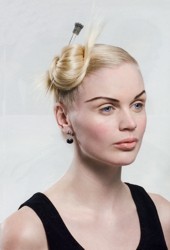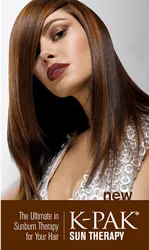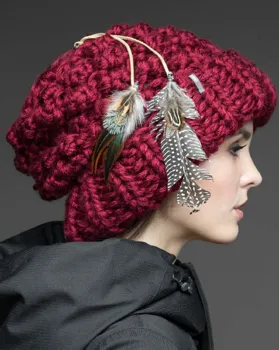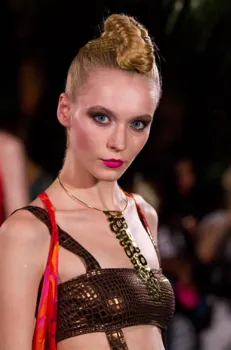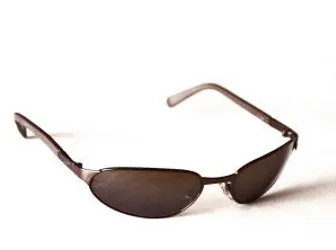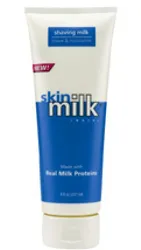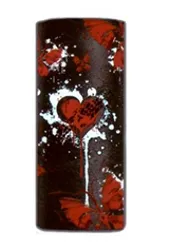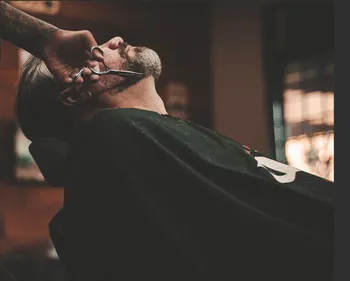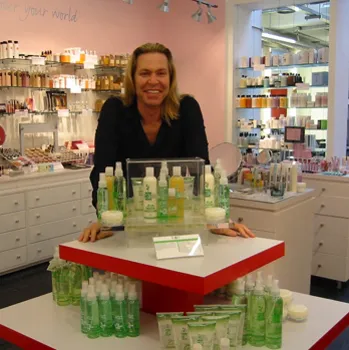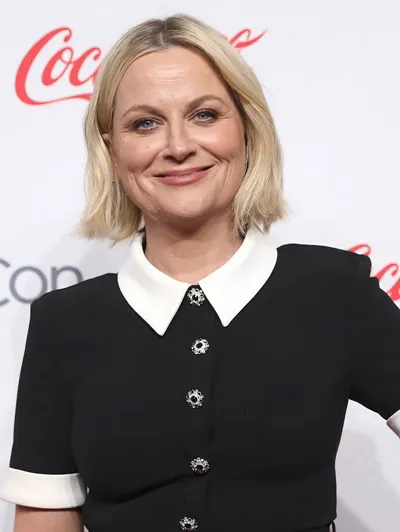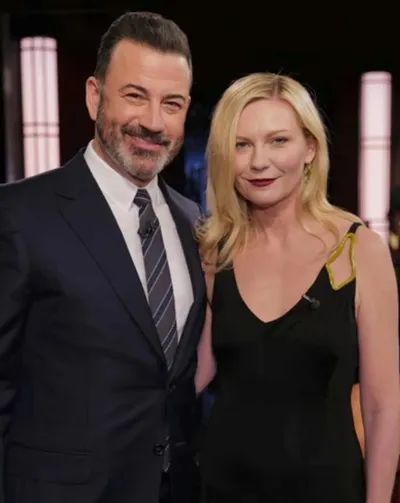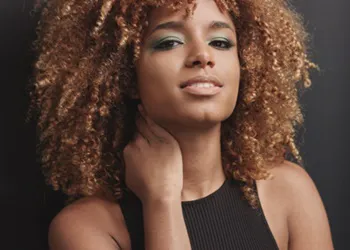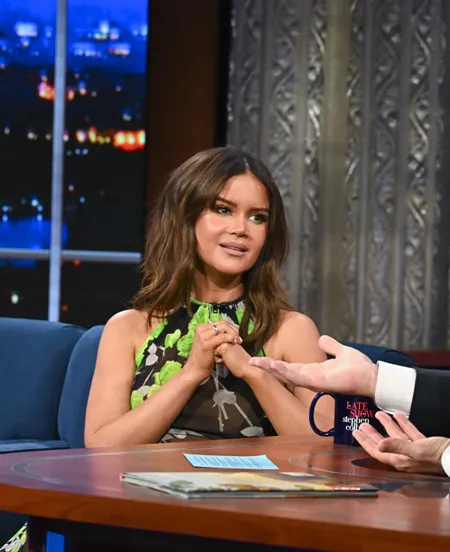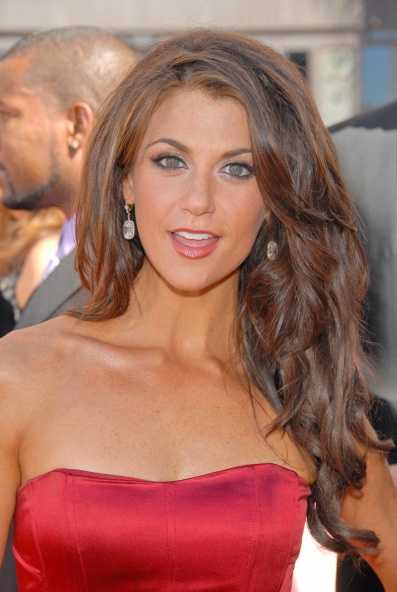
Protective Hair
Protective HairRegardless of your hair's length, texture, type or long term goals, protective hair styles, when properly created, will safeguard your tresses.
While some hair experts and naysayers claim the need for protective hairstyles are a myth, nothing could be further from the truth.
Whether your goal is to grow longer, stronger hair or go through some type of hair transition, without protective hairstyles you risk damage to current or future growth.
Basic Requirement For Protective Hair
The basic requirement for protective hair is any hairstyle which prevents hair of any length, type and texture from tangling while protecting it from any source of damage.
Protective hair styles will minimize potential everyday damage from both indoor and outdoor dangers.
Hair not worn in protective styles can be easily snagged by an endless array of objects ranging from furniture, clothing, backpacks, zippers, buttons, handbags and furniture.
Once my own hip length hair was accidentally snagged by innocent looking branches on a ficus tree.
My tresses, when worn down and loose, have been inadvertently rubbed against the back of chairs, tangled in door hinges and caught in a wide range of unexpected hazards.
At night, hair worn without a protective style is more at risk of being snagged by cotton bedclothes or nightclothes. Hair can also be rubbed against the bed, adjacent furniture or snagged by your sleeping body.
What Is The Ultimate Style For Protective Hair
Some people believe any type of braid, ponytail, twist, weave or protective wig qualifies as protective hair.Unfortunately this is more of a myth than the need for protective styles.
Why? Braids can still get tangled and if not moved out of the way, braids can still be snagged by zippers, rubbed across furniture and caught in elastic enclosures.
The very best protective hair is any type of bun where the full length and volume of the hair is wrapped as close to the head as possible. It's imperative that the ends of the hair are carefully tucked inside the bun. It prevents the ends from getting tangled in environmental elements or getting damaged in any way.
Long and natural hair experts believe that the less mobility hair has during the day and night, the less tangles and the less friction damage. Protective hair is all about insuring against wear and tear.
Protective Hair At Night
Tightly coiled buns and/or hair twists are the ultimate best protective hair style for daily wear.
At night, it's recommended hair be worn loosely, but protected by satin sleep bonnets, which allows tresses to move with minimal friction.
If a sleep bonnet is unacceptable, satin pillowcases are another viable option to protect hair as much as possible, protecting against frizz and breakage.
When sleep bonnets or satin bedclothes aren't an option other protective steps should be taken.
It's recommend hair be wrapped in a night time bun or a loose braid, tucked out of the way.
Disadvantages
Protective Hair StylesOne of the key disadvantages to adopting protective hair styles is that people attempting optimal long term hair growth may wear their hair in serial protective hairstyles for extended periods of time without proper care.
A good example is women who have their hair braided into protective styles and leave them in place for upwards of a year.
When the protective styles are removed, the hair is severely tangled or overly dry from lack of regular conditioning. Some wearers may opt for style over healthy hair.
People forget that they still have to maintain the hair wrapped in braids or hidden under wigs.
Sometimes the very action of adopting protective hairstyles results in breakage during the initial styling phase.
Before installing a protective style, consider whether the very act of installing it will cause more damage to your hair than if you just styled it regularly and if its purpose is defeated.
Plenty of people have achieved amazing lengths from protective styling, but a minority never yield results from all their efforts.
Low Manipulation Hairstyles?
In addition to concerns for overuse of extended protective hair style wear, anti-protective hair contingency often complains about the limited option for protective hairstyles.
While it's true buns, chignons and hair twists are limited in originality, they do keep hair up and off the collar, out of harm's way.
Keeping hair in a style for weeks at a time can be considered a major drawback who want the opportunity to vary their styles and avoid becoming bored.
Some hair experts advocate low manipulation hairstyles instead of protective styles.
Basic Requirement For Low Manipulative Hair
Low manipulation styles, unlike protective hairstyles, do not specifically require hair and ends be tucked out of the way for protection.
Protective hairstyles follow the concept that if hair is worn in simple styles (ponytails, braids, etc.,) and manipulated as little as possible, hair will not be damaged by daily wear and tear issues.
The idea is that length will be retained equally with protective or low manipulative hair styles.
Protective Versus Low Manipulative Hair Styles?
While some hair experts believe protective hair styles aren't the only way to guarantee speedy, super hair growth, others believe you can achieve the same results with low manipulative styles.
Is that true? Of course it depends upon your what you ultimately believe is best for your hair. Whether you decide to embrace traditional protective hairstyles or go with less manipulative hair styles, the bottom line is how you will handle the difference.
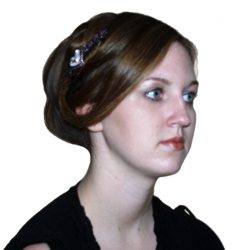 Protective Wrapped Low Nape Knot - Hair by Karen Marie Shelton - HairBoutique.com - All Rights Reserved
Protective Wrapped Low Nape Knot - Hair by Karen Marie Shelton - HairBoutique.com - All Rights ReservedAre all hairstyles created equally? Absolutely not.
Some people are very comfortable with protective hair styles and take all the steps to care for their hair no matter what.
Others are more comfortable with low manipulative styles. At the end of the day it's your hair and your hair growing goals.
Summary - Protective Hair
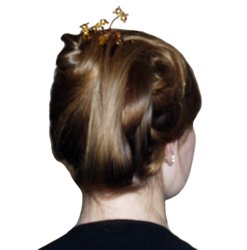 Protective Wrapped Low Nape Knot - Hair by Karen Marie Shelton - HairBoutique.com - All Rights Reserve
Protective Wrapped Low Nape Knot - Hair by Karen Marie Shelton - HairBoutique.com - All Rights ReserveThere has been a long standing myth among the natural hair community that the only way to grow long healthy hair is to use protective hairstyles.
For those new to the natural hair community, protective styling involves putting your hair into a style which involves tucking your ends away from the atmosphere.
This protects tresses from damage while your hair grows long, lush and healthy.
The premise is that if the ends of your hair don’t break and your hair continues to grow, then you will achieve longer hair.
It's my opinion after many years of growing hip length hair, that protective styling is necessary for speedy, healthy hair growth. Instead low manipulation styles are key.
Of course no hairstyle alone will guarantee 100% protection against damage if good hair growing practices are not followed on a daily basis during a hair growing journey.Social Media Network Information
Please follow us on Twitter at: https://Twitter.com/HairBoutique. I look forward to meeting new people from all walks of Twitter and learning from their Tweets.


